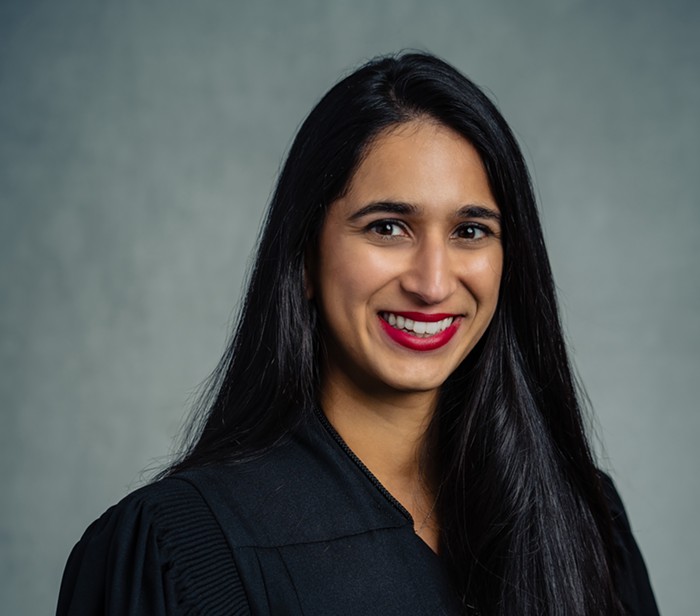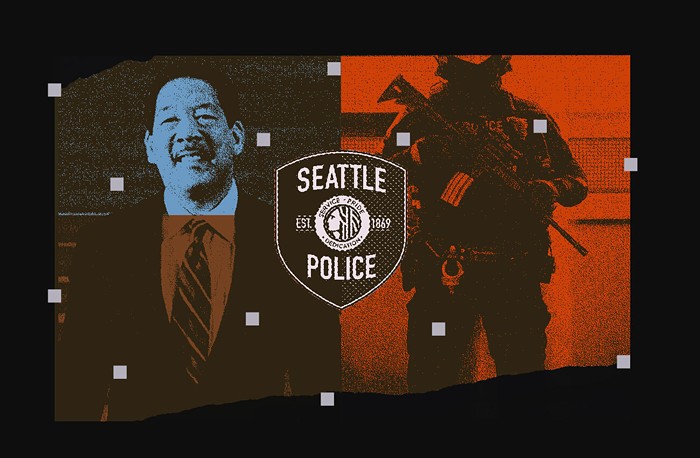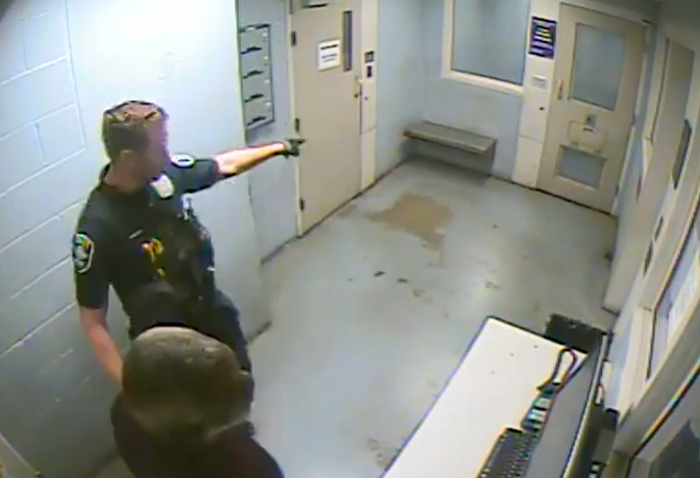Two families on Capitol Hill whose houses border Volunteer Park have been using fenced-in parts of the park as their backyards for years. However, after becoming aware of their encroachment, and despite months of recent pressure from the city, they haven't given up the 2,800 square feet of public land.
Seattle Parks and Recreation became aware of 13 residences invading public space—including a hot-tub pavilion and a zip line into the park—last July, according to a records request filed by The Stranger. On January 15 of this year, parks officials informed the residents that they had 30 days to vacate park land. Most of the homeowners complied, records show, removing the zip line and dismantling the hot-tub pavilion. However, two families—Ralph and Lesley Althouse, and Charles and Kristen Wilk—continue to use the park as their private yards, while repeatedly contacting city council member Sally Bagshaw to intervene on their behalf.
"In some cases, we wait until the property is sold before we insist on moving the property line back," says parks department spokesperson Dewey Potter. "But we're talking about thousands of square feet here. That's pretty significant."
But the Althouses argue that giving back park land would pose a security threat to their family. A family-room addition they constructed in 1995 (made with all the required city permits) puts their house within 0.2 feet of park property (and not 20 feet, as they previously thought), and the adjacent park, they note in one e-mail to Bagshaw, runs rife with "loud drunken parties... people openly using IV drugs, throwing knives, and having 'consensual gay sex.'"
The Althouse residence sits on a 10,000-square-foot lot, and the encroachment—their backyard, essentially—takes up an additional 1,941 square feet of public land. When they purchased the home (also in 1995), they were told that a chain-link fence—a fence that still stands today—marked the boundary between their property and the park.
Glenn Amster, the lawyer for both families, argues that the city has recognized the chain-link fence as a boundary for 50 years, so it's partly to blame for the encroachments. Regarding the Althouse property addition, Amster notes, "My clients used architects, engineers, consultants; they submitted plans showing the fence to the city; and they were given permits."
But Bryan Stevens, spokesperson for the Department of Planning and Development (DPD), says, "The city doesn't require a survey for all development proposals," and it doesn't have the resources to investigate the property lines of every construction project. "The idea is to keep the cost low for a simple, single-family proposal. However, that means the onus is on the property owner that any information they give the city... is accurate."
Now the Althouses face a major hurdle: Zoning codes prevent them from building a wall or fence 2.4 inches from their family-room wall, which is where Volunteer Park property begins. The Althouses would need to demolish part of their family room to comply. Seattle land-use rules reserve certain portions of single-family lots for front and backyard space. For backyards, the requirement is "25 feet or 20 percent of lot depth (minimum of 10 feet), whichever is less," according to the DPD website.
There seems to be an impasse. The Althouses and their lawyer have described the situation as "irreconcilable" to Bagshaw, chair of the city council's Parks & Seattle Center Committee.
In March, Bagshaw requested that the parties work with parks department staff and Amster responded, "I'm afraid our clients may not be satisfied with this approach and had hoped to have a discussion that included a grain of equity and common sense."
For their part, the Wilks told parks officials that they would relocate their fence and relinquish 872 square feet of park space, but they hadn't taken action as of press time (neither family would comment). The Althouses are negotiating with the parks department but have made no plans to relinquish the land.
Meanwhile, the parks department has a temporary solution: pay to rent the land. A three-year permit would charge the Althouses $29,646.83 annually. Their home is appraised at $2.1 million, according to King County tax records.
The bottom line, says Potter, is "we can't give away park property. Public sentiment is that park land is sacrosanct. We can't continue to let them use it for their own private purposes." ![]()



















